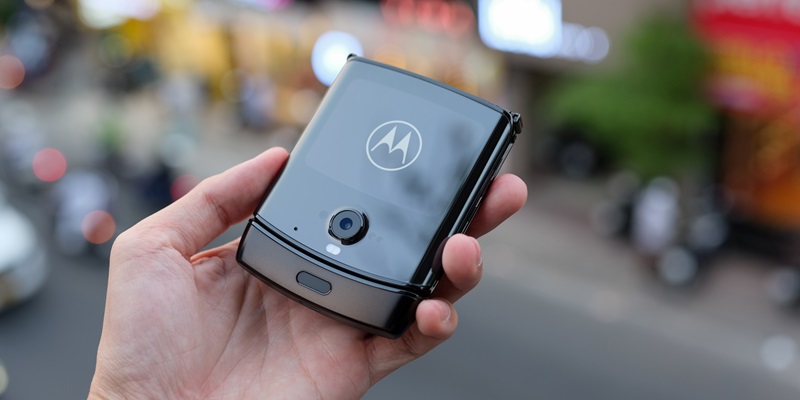The release of the Motorola Razr had a significant impact on the market, particularly due to its affordability compared to other folding phones. Priced at $500, the Motorola Razr offers a more accessible option for consumers looking to experience the convenience of a folding phone. In this article, we will delve into the features and drawbacks of the Motorola Razr, discuss its impact on the market, and explore its value proposition.
Comparison of the Motorola Razr+
The flagship Motorola Razr+ stands out among clamshell foldables with its largest cover display. This larger cover display enhances the user experience by providing more screen real estate for multitasking, media consumption, and app navigation. When compared to the standard Razr model, the Razr+ offers an even more immersive and visually appealing experience.
Analysis of the $500 Motorola Razr
While the $500 Motorola Razr offers an impressive package, there are certain areas where it falls short. One major drawback is the camera quality, which is not as competitive as other $500 “normal” smartphones. However, for those who prioritize other aspects of a folding phone, such as the unique design and portability, the camera compromise may be acceptable.
Pricing Update – Motorola Razr 2023
It’s worth mentioning that the Motorola Razr 2023 now starts at $500, offering an exciting option for consumers looking for affordable folding phones. This updated pricing further strengthens the Razr’s position as an accessible and groundbreaking device.
Evaluating the Value Proposition
Despite its drawback of having a camera, the Motorola Razr 2023 still represents a phenomenal deal when considering its price. Its innovative features, such as the folding screen, compact form factor, and seamless user experience, make it a compelling choice. The Razr 2023 offers a unique opportunity for users to experience cutting-edge technology without breaking the bank.
Drawbacks of the Motorola Razr
One aspect that some users may find disappointing is the lack of a fully-fledged cover screen. While the Razr does feature a small cover display, it falls short of providing the same level of functionality and usability as larger cover screens found in other folding phones. However, it’s important to note that some consumers may be perfectly content with the smaller cover screen and appreciate the device’s overall compactness.
Impact on the Folding Phone Market
The $500 Motorola Razr is an important phone that has reshaped the perception of folding phone pricing. By offering a more affordable option, Motorola has made folding phones accessible to the average consumer. This shift the narrative and challenges the notion that folding phones are exclusively reserved for the premium market segment. The Motorola Razr’s more affordable price tag opens the doors to a wider audience, enabling them to experience the benefits of a folding phone.
Missed Opportunity by Samsung
In hindsight, Samsung’s rumored mid-range folding phone would have further shaken up the market and intensified the competition. If released, Samsung’s offering could have complemented Motorola’s efforts to make folding phones more accessible and pushed the boundaries of what consumers expect from a folding device.
The $500 Motorola Razr has made a significant impact on the folding phone market. Its affordability and innovative design allow the average consumer to experience the benefits of a folding phone. While it may have certain drawbacks, such as its camera quality and smaller cover screen, the overall value proposition of the Motorola Razr remains exceptional. For now, the Razr 2023 stands as the champion of $500 folding phones, offering an affordable and groundbreaking device to consumers seeking an exciting new mobile experience.

